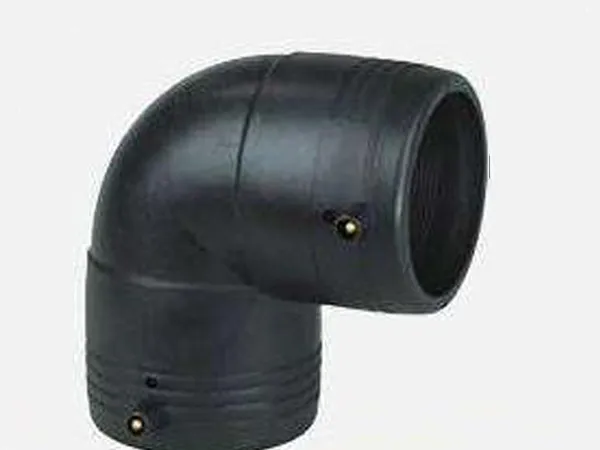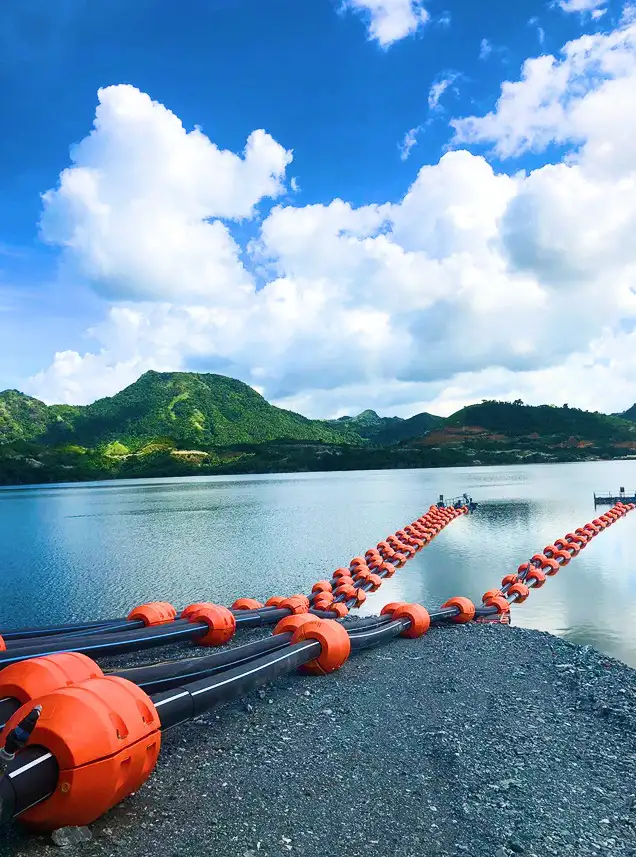
Multi-Layer SRTP pipes represent a significant advancement in piping technology, offering a robust, durable, and cost-effective solution for a wide range of fluid conveyance applications where traditional materials fall short.
Multi-Layer SRTP Pipe is an advanced composite pipe designed for large-diameter gravity flow applications, such as sewerage, stormwater management, and industrial drainage. It represents a significant evolution in piping technology by combining the high strength of steel with the superior durability and corrosion resistance of thermoplastics like High-Density Polyethylene (HDPE).
Inner Layer (HDPE):
Material: High-Density Polyethylene (HDPE).
Function: This is the surface in contact with the fluid. It is exceptionally smooth, which provides excellent hydraulic properties (low friction, high flow capacity). It is also highly resistant to chemicals, abrasion, and biological buildup, ensuring the pipe's integrity and flow efficiency over its lifespan.
Middle Reinforcement Layer (Steel):
Material: High-strength, corrosion-protected steel strips, often formed into a "V" or "U" shaped rib profile.
Function: This is the structural backbone of the pipe. The steel rib is helically wound and embedded within the polyethylene. This layer provides the pipe with exceptional ring stiffness, which is the ability to resist external loads from soil weight and traffic without deforming or collapsing. It gives the pipe the strength of steel where it matters most.
Outer Layer (HDPE):
Material: High-Density Polyethylene (HDPE).
Function: This layer encapsulates and protects the steel reinforcement from the external environment. It provides resistance to soil abrasion, impact during installation, UV radiation, and external corrosion, ensuring the steel core remains intact and effective for decades.
High Ring Stiffness and Strength: The steel reinforcement provides ring stiffness values (e.g., SN8, SN12.5, SN16) comparable to or exceeding those of concrete and ductile iron pipes, making it suitable for deep burial and high-traffic areas.
Excellent Corrosion Resistance: The HDPE layers completely isolate the steel from both internal fluid and external soil, eliminating the risk of corrosion that plagues metal pipes and the chemical degradation that can affect concrete pipes in aggressive sewer environments.
Lightweight: Despite its high strength, SRTP pipe is significantly lighter than concrete or ductile iron pipe. This leads to:
Lower transportation costs.
Easier and faster installation with smaller equipment.
Reduced need for heavy-duty trench shoring.
Superior Hydraulic Efficiency: The mirror-smooth inner HDPE surface has a very low Manning's friction coefficient (typically around n=0.009-0.011), meaning it can carry more flow for the same diameter compared to rougher pipes like concrete (n=0.013-0.015).
Leak-Proof, Flexible Joints: SRTP pipes are typically joined using reliable, watertight methods:
Electrofusion Welding: An electrical coil embedded in a coupler melts and fuses the pipe ends together, creating a seamless, monolithic joint that is as strong as the pipe itself.
Heat-Shrinkable Sleeves: A durable outer sleeve is heated to shrink and seal the joint, providing excellent protection.
These flexible joints can accommodate minor soil settlement without leaking.
Long Service Life: The combination of a protected steel structure and inert HDPE results in a design life of 50 years or more, with minimal maintenance required.
Cost-Effectiveness: While the initial material cost may be higher than some alternatives, the total installed cost is often lower due to savings in transport, handling, installation speed, and long-term maintenance.
